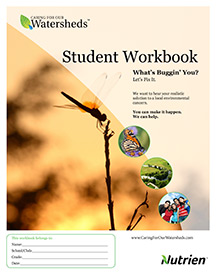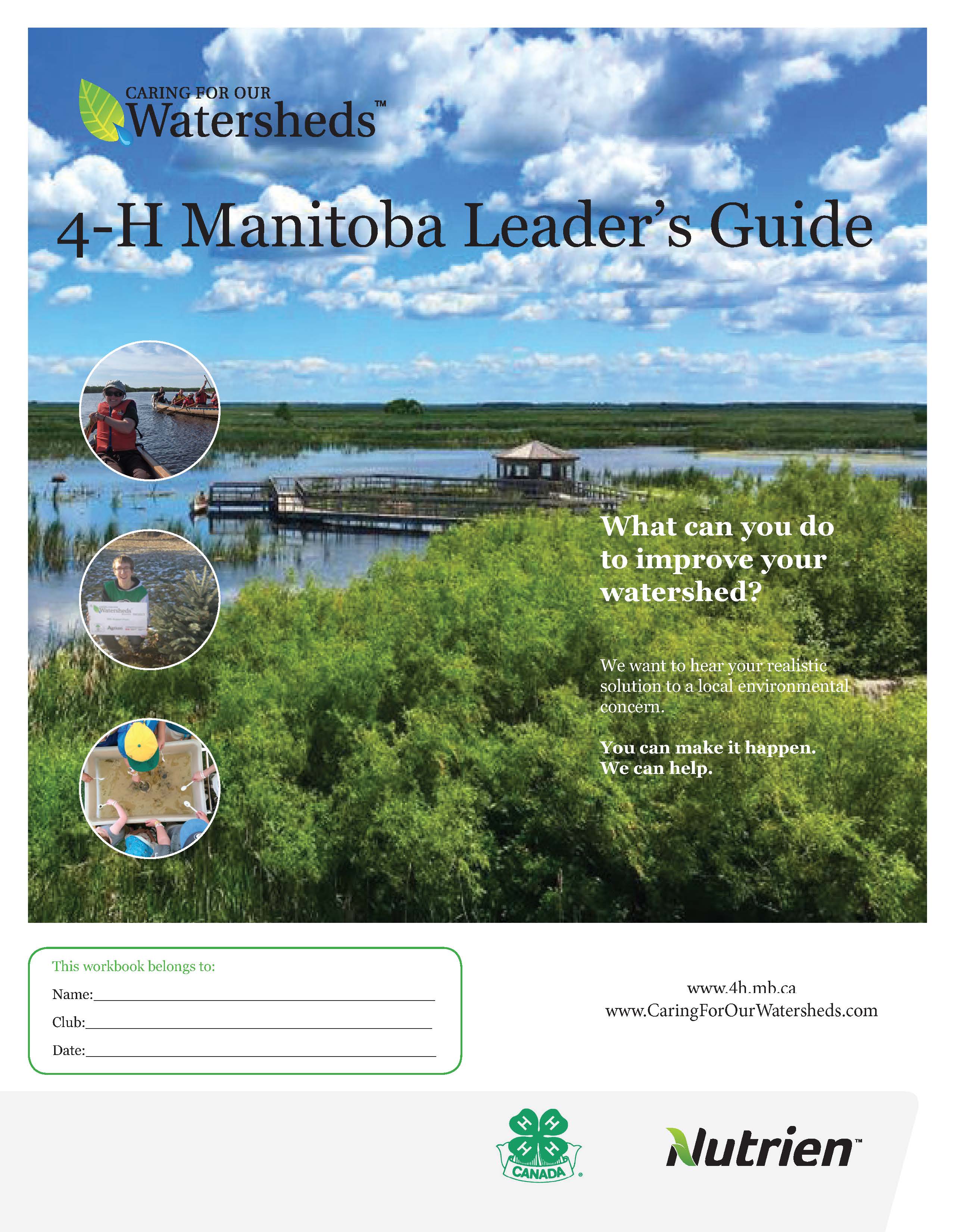Tips & Templates
Student Workbook

A step-by-step guide in writing a CFW proposal
Print Version
Electronic Version
Proposal Guidelines
View a detailed explanation of the following guidelines in the Student workbook. No student or school names are allowed to appear in the proposal.- Choose a creative name for your project
- Define the local watershed (50-75 words)
- Identify an issue or concern (75-150 words)
- Proposed solution (525-750 words)
- Determine your budget (50-75 words)
- Describe contributions to the Sustainable Development Goals (50-75 words)
- Reflection (50-75 words)
- Include diagrams, graphics & charts
- Include supporting research and development on the local watershed and solution
Ideas Students Can Consider
- View topic ideas and student action examples here.
Finalists Only
Presentation Guidelines:- Limit your presentation to five minutes
- Use aids (Power Point, models, poetry, stories, demonstrations, posters, charts or videos)
- Sell your idea.
- Anticipate questions from the judges: Long-term positive impact? Funding sources? Implementation costs? Marketability of product or idea?
- View tips on public speaking here
4H Leader’s Guide

This guide provides 4-H leaders with tools designed to help incorporate concepts around local and provincial watershed health into their club activities. In keeping with 4-H traditions, all activities are designed to help build knowledge and key life skills while helping youth learn about local environmental issues.
Download the 4H Manitoba Leader’s Guide here.